Maximizing Your Stream: The Essential Guide to IPTV Accessories
What Exactly Are IPTV Accessories and Why Do You Need Them?
So, you’ve decided to explore the world of IPTV, maybe even found some cheap IPTV providers, and you’re ready to dive into a vast ocean of content. But wait, is just signing up for a service enough? Not quite. To truly get the best out of Internet Protocol Television (IPTV), you often need the right tools for the job. That’s where IPTV accessories come in. But what are they, really? Think of them as the supporting cast that makes your main star – the IPTV service itself – shine brighter. These aren’t just fancy add-ons; in many cases, they are crucial components that enhance performance, usability, and overall enjoyment.
At its core, an IPTV accessory is any piece of hardware or software, beyond the basic internet connection and display (like your TV or monitor), that helps you access, manage, or improve your IPTV viewing experience. This can range from the physical device you use to stream the content, like a Firestick or an Android TV box, to the remote control you use to navigate menus, or even the cables connecting everything. Why are they necessary? Well, IPTV relies on your internet connection to deliver television content. Unlike traditional cable or satellite, the quality and stability of your stream heavily depend on your home network setup and the device processing the stream. Using the built-in “smart” features of an older TV might lead to buffering or app crashes. Relying solely on Wi-Fi in a large house might cause signal drops. Accessories help bridge these gaps.
Consider the streaming device itself. While some modern Smart TVs can run IPTV apps directly, dedicated streaming devices often offer better processors, more memory, and wider app compatibility, leading to a smoother experience. Have you ever tried navigating a complex app menu using just the standard TV remote? It can be frustrating. An air mouse or a mini keyboard can make searching for channels or typing in login details significantly easier. What about network stability? If your router is far from your TV, a Wi-Fi extender or a Powerline adapter can provide a more reliable connection than a weak wireless signal. Even something as simple as an Ethernet cable can make a noticeable difference compared to Wi-Fi. Furthermore, accessories can unlock new possibilities. Want to watch your IPTV USA service while traveling abroad? A VPN (Virtual Private Network), configured correctly, is the accessory you need. Need to stream on multiple TVs simultaneously? Ensuring your plan supports multiple connections and having the right devices is key. Essentially, IPTV accessories are about tailoring the experience to your specific needs and overcoming potential limitations in your existing setup.

Ultimately, investing in the right accessories isn’t just about spending more money; it’s about investing in a better, more reliable, and more enjoyable IPTV experience. It’s the difference between constantly troubleshooting buffering issues and simply sitting back and enjoying your favorite shows. From ensuring a stable stream to making navigation a breeze, these components play a vital role. As you delve deeper into IPTV, you’ll likely find that a few well-chosen accessories can significantly elevate your viewing, making that affordable IPTV subscription feel even more valuable.
Choosing the Right Streaming Device: Firestick, Android Box, or Smart TV?
Okay, you understand you need *something* to watch your IPTV service on, but which device is the champion? This is a common question, and the answer often depends on your budget, technical comfort level, and specific needs. Let’s break down the main contenders: Amazon Firestick, Android TV Boxes, and your existing Smart TV.
The Amazon Firestick is incredibly popular, and for good reason. It’s relatively inexpensive, widely available, and generally user-friendly. Setting it up is straightforward, and installing apps like IPTV Smarters Pro is quite manageable, often using the Downloader app (you can find guides on how to install IPTV Smarters Pro on Firestick). Firesticks, especially the newer 4K Max models, offer good performance for their price point. They plug directly into an HDMI port, keeping clutter minimal. However, they run on Fire OS, which is a modified version of Android. This means while you can sideload many Android apps (APKs), compatibility isn’t always 100% guaranteed, and the interface heavily promotes Amazon’s own content. Storage can also be limited on lower-end models. Is it the best? For many users seeking a balance of cost, ease of use, and performance, the Firestick is a fantastic choice, particularly if you’re already in the Amazon ecosystem. There are tons of resources available, like guides for IPTV apps for Firestick specifically.
Next up are Android TV Boxes. This is a broader category, ranging from budget-friendly generic boxes to higher-end models from brands like NVIDIA Shield. What’s the main advantage here? Flexibility and power. Android TV boxes typically run a more standard version of Android (or Android TV OS), offering access to the Google Play Store and generally wider app compatibility. Many boxes come with more processing power, RAM, and storage options than a Firestick, which can be beneficial for demanding applications or smoother 4K streaming. They often feature more ports, like USB for external storage or Ethernet for a wired connection, which is a significant plus for IPTV stability. However, the user experience can vary wildly. Cheaper, uncertified boxes might have clunky interfaces, questionable software support, or even security risks. Higher-end boxes like the NVIDIA Shield are powerful but come with a premium price tag. Are they worth it? If you want maximum customization, potentially better performance (especially with high-end models), more connectivity options, and direct access to the Google Play Store, an Android TV Box is a strong contender. Just be sure to research specific models and buy from reputable sources.
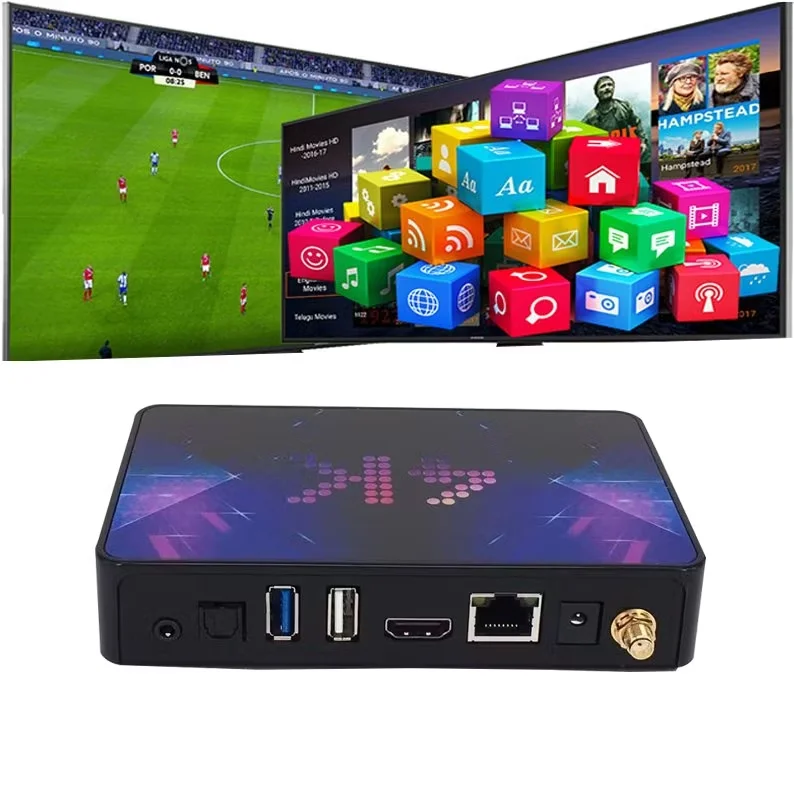
Finally, what about the Smart TV you already own? Many modern Smart TVs (running platforms like Google TV, Android TV, Tizen, webOS) can install IPTV player apps directly from their app stores. This seems like the simplest solution, right? No extra boxes, no extra remotes. And sometimes, it works perfectly fine! However, there are potential downsides. TV manufacturers often use less powerful processors and limited RAM compared to dedicated streaming devices, as their primary focus is the display panel. This can lead to sluggish app performance, longer loading times, and buffering, especially with high-bitrate streams or complex app interfaces. App availability might also be more restricted compared to Fire OS or standard Android. Furthermore, TV manufacturers eventually stop providing software updates for older models, which could lead to compatibility issues or security vulnerabilities down the line. Should you rely solely on your Smart TV? If you have a newer, higher-end model with a robust OS like Google TV, it’s worth trying. But if you experience lag, buffering, or app limitations, investing in a dedicated Firestick or Android TV Box is often the best way to ensure a smooth and reliable IPTV service experience.
Essential Network Gear for Smooth IPTV Streaming
You’ve picked your streaming device, maybe a Smarters Firestick setup, and you’re ready to go. But hit play, and… buffering? Pixelation? Frustrating freezes? Often, the culprit isn’t the IPTV provider or the device itself, but your home network. IPTV is essentially video delivered over your internet connection, so the quality of that connection is paramount. What network accessories can help ensure a smooth stream?
First, let’s talk about the foundation: your router and modem. Are you still using the basic combo unit provided by your Internet Service Provider (ISP) years ago? While convenient, these units are often built to a price point and may lack the features, range, and processing power of newer, dedicated routers. Upgrading your router, especially to one supporting newer Wi-Fi standards (like Wi-Fi 6 or 6E), can significantly improve wireless speed and stability throughout your home. Look for routers with Quality of Service (QoS) features, which allow you to prioritize traffic for specific devices (like your IPTV box), ensuring it gets the bandwidth it needs even when other devices are using the internet. A good router is the heart of your home network; investing here pays dividends for all your connected devices, not just IPTV.

Now, how does the internet signal get from the router to your streaming device? While Wi-Fi is convenient, it’s susceptible to interference from walls, appliances, and other wireless networks. For the most stable and reliable IPTV experience, a wired Ethernet connection is almost always superior. Is running a cable always feasible? No, especially if the router and TV are in different rooms. But if you *can* run an Ethernet cable directly from your router to your Firestick (using an adapter if needed), Android Box, or Smart TV, do it. This eliminates wireless interference and typically provides faster, more consistent speeds. What if a direct cable run isn’t practical? You have options! Wi-Fi Extenders (or Repeaters) pick up your existing Wi-Fi signal and rebroadcast it, extending the range. They are simple to set up but can sometimes halve the available bandwidth. Mesh Wi-Fi systems are a more sophisticated solution, using multiple nodes placed around your home to create a seamless, powerful network, ideal for larger houses. Another excellent alternative is using Powerline adapters. These ingenious devices use your home’s electrical wiring to transmit the network signal. You plug one adapter near your router and connect it via Ethernet, then plug the second adapter near your IPTV device and connect it via Ethernet. Performance can vary depending on your home’s wiring, but they often provide a more stable connection than Wi-Fi in tricky spots. Checking your IPTV guide might even offer suggestions for network optimization.
Don’t overlook the cables themselves! If you opt for a wired connection, use a good quality Ethernet cable. Cat 5e is generally sufficient for most home internet speeds and IPTV, but Cat 6 or Cat 6a offer better performance and future-proofing, especially if you have gigabit internet. Ensure the cables aren’t damaged or excessively kinked. Similarly, use a decent quality HDMI cable to connect your streaming device to your TV, especially for 4K content. While expensive HDMI cables often offer little benefit over reasonably priced certified ones, avoid the absolute cheapest options which might lack proper shielding or build quality. Optimizing your network infrastructure with these accessories – a good router, considering wired connections via Ethernet or Powerline adapters, or using a Mesh system – is fundamental for eliminating buffering and enjoying the high-quality streaming promised by services like IPTV4Cheap.
Remote Controls and Keyboards: Enhancing Your Navigation Experience
You’re settled in, ready to browse the thousands of channels available through your IPTV channel subscription. You grab the remote that came with your Firestick or Android box… and suddenly, typing in a movie title or navigating a complex EPG (Electronic Program Guide) feels like a chore. The standard remote is fine for basic up, down, left, right, and play/pause, but IPTV apps often demand more interaction. How can you make navigation less painful and more efficient?
Enter the world of upgraded remote controls and mini keyboards. One popular option is the “air mouse” remote. What is an air mouse? It’s essentially a remote with built-in gyroscopes and accelerometers, similar to a Nintendo Wii controller. As you move the remote through the air, a cursor appears on your screen, allowing you to point and click on menu items, icons, or even letters on an on-screen keyboard. This can be significantly faster and more intuitive for certain tasks than repeatedly clicking directional buttons. Many air mouse remotes also include a full QWERTY keyboard on the back. When you need to type – searching for content, entering login credentials for your IPTV account, or filling out forms – you just flip the remote over. This combination offers a huge usability upgrade over standard remotes.
Another category is the dedicated mini wireless keyboard with a built-in trackpad. These look like miniature versions of a computer keyboard and often connect via a small USB dongle plugged into your streaming device (make sure your device has a USB port!). They provide a tactile typing experience that’s much faster than any on-screen keyboard or even the small keys on the back of an air mouse. The trackpad allows for precise cursor control. Are they as convenient to hold for simple channel surfing as a standard remote? Perhaps not, but if you frequently find yourself searching for specific shows, managing playlists, or interacting with more complex app interfaces, a mini keyboard can be a lifesaver. Some models are even backlit, making them easy to use in a darkened home theater environment. They are particularly useful when initially setting up apps like IPTV Smarters Pro setup, which requires entering server details and user credentials.
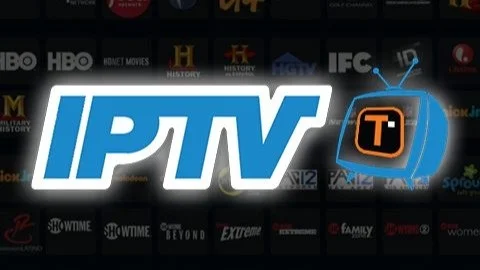
What should you look for when choosing an upgraded remote or keyboard? Compatibility is key. Ensure the remote is designed to work with your specific operating system (Fire OS, Android TV, standard Android). Check the connection method – most use a 2.4GHz USB dongle, while some might offer Bluetooth. Battery life and charging method (disposable batteries vs. rechargeable) are also considerations. For air mice, check if they have programmable buttons that can learn commands from your TV remote (like power or volume). Ergonomics matter too – try to find reviews or images that give you a sense of how comfortable it is to hold and use. While the standard remote gets the basic job done, investing a small amount in an air mouse or mini keyboard can dramatically improve your interaction with your IPTV service. It streamlines searching, simplifies setup, and makes navigating extensive channel lists or VOD libraries much less cumbersome, ultimately enhancing your overall viewing pleasure, especially if you have a feature-rich service offering IPTV deals with vast content libraries.
VPNs for IPTV: Security, Privacy, and Geo-Unblocking Benefits
You might hear the term VPN (Virtual Private Network) thrown around a lot in discussions about internet privacy and security, but what does it have to do with IPTV? Is it really necessary, or just an optional extra? For many IPTV users, a VPN is a crucial accessory, offering significant benefits beyond just basic streaming.
Firstly, let’s talk privacy and security. When you connect to an IPTV service, your internet traffic, including what you’re watching, is potentially visible to your Internet Service Provider (ISP). Some ISPs may monitor traffic types and might even throttle (slow down) connections they identify as streaming video, leading to buffering. Furthermore, depending on the source and nature of your IPTV stream, using it without protection could expose your IP address. A VPN encrypts your internet connection, creating a secure tunnel between your device and a remote VPN server. This means your ISP can see that you’re connected to a VPN, but they can’t see the specifics of your online activity – what sites you’re visiting or what streams you’re watching. This encryption prevents throttling based on content type and shields your IP address from the IPTV provider and any third parties, significantly enhancing your online privacy. Is this important? For users concerned about ISP monitoring or wanting to keep their viewing habits private, a VPN is essential.
Another major advantage of using a VPN with IPTV is bypassing geo-restrictions. Many IPTV services, especially legitimate ones or those bundled with other services, might restrict content based on your geographical location due to licensing agreements. For example, a sports package might only be available to viewers in a specific country. Similarly, some IPTV subscription providers might even be blocked entirely in certain regions. A VPN allows you to connect to a server in a different country, making it appear as though you are browsing from that location. By choosing a server in a country where the content *is* available, you can often unlock streams and services that would otherwise be blocked. Want to watch your home country’s channels while traveling abroad? A VPN makes this possible. Need access to a specific regional sports broadcast included in your IPTV plans? Connect to a server in that region. This geo-unblocking capability is one of the most compelling reasons for IPTV users to invest in a reliable VPN service.
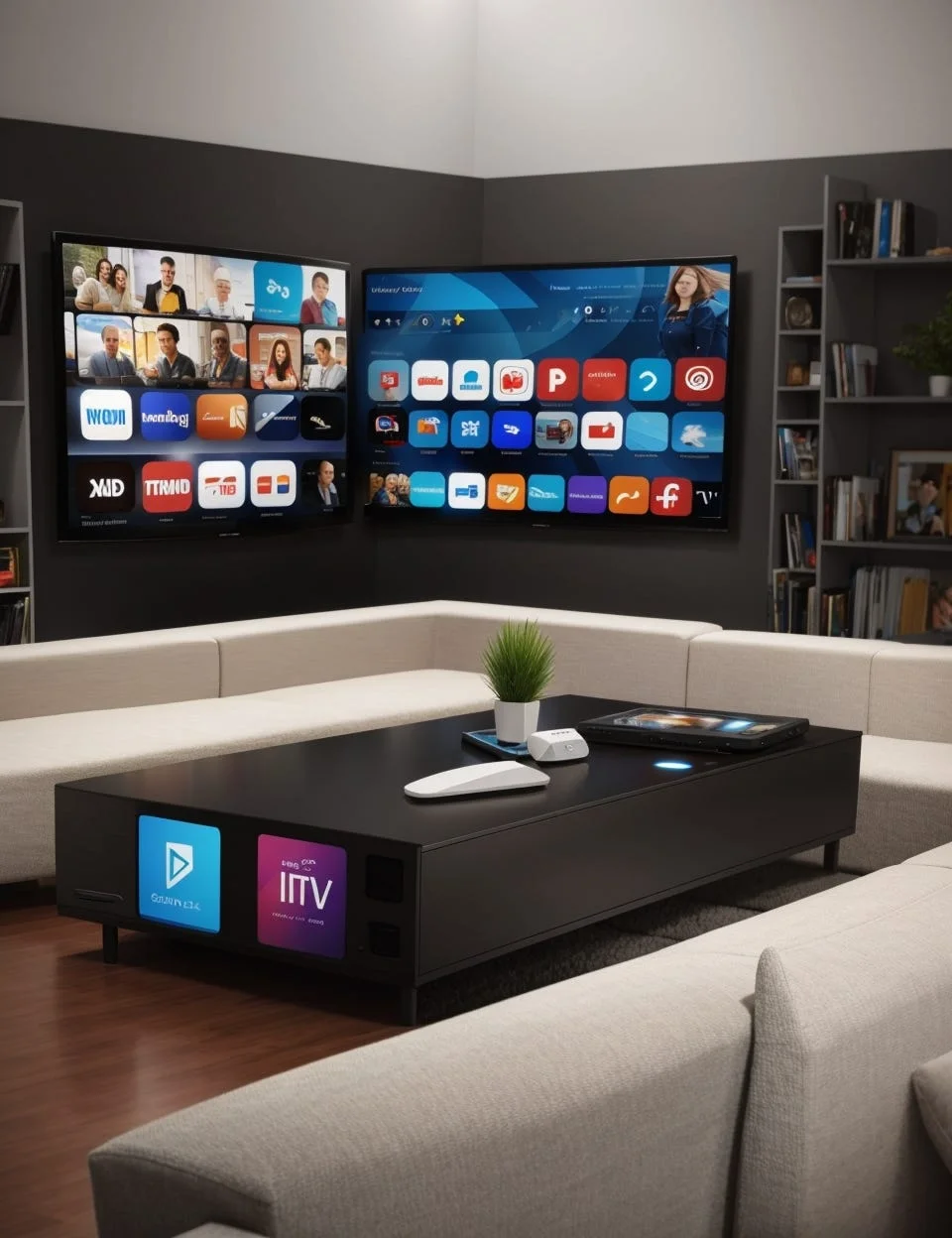
However, not all VPNs are created equal, especially when it comes to streaming. What should you look for? Speed is crucial. Encryption adds overhead, which can slow down your connection. Choose a VPN known for its fast servers and minimal speed loss. Server location options are also vital – ensure the VPN has servers in the countries you need to connect to for geo-unblocking. Strong encryption protocols (like OpenVPN or WireGuard) and a strict no-logs policy are non-negotiable for privacy and security. Compatibility with your streaming device is also important; look for VPN providers that offer dedicated apps for Firestick, Android TV, or routers. Some low-cost IPTV users might balk at the added subscription cost of a VPN, but free VPNs should generally be avoided as they often have slow speeds, data caps, limited server choices, and questionable privacy practices. A reputable paid VPN is a worthwhile investment for securing your connection, preventing ISP throttling, and unlocking the full potential of your IPTV service by bypassing geographical restrictions.
Optimizing Your Setup: Cables, Adapters, and Power Solutions
Beyond the main components like your streaming device and network gear, several smaller accessories play a surprisingly significant role in optimizing your IPTV setup for performance, neatness, and reliability. These are the unsung heroes – the cables, adapters, and power solutions that tie everything together. Are you overlooking these simple items?
Let’s start with cables, specifically HDMI and Ethernet. We touched on this earlier, but it bears repeating. For HDMI, especially if you’re streaming 4K content, ensure you’re using a cable rated for High Speed or Premium High Speed. This guarantees sufficient bandwidth for high resolutions, refresh rates, and features like HDR. You don’t need gold-plated connectors costing a fortune, but a certified cable from a reputable brand ensures reliability. What about cable length? Use a cable that’s long enough to comfortably reach between your device and TV without being excessively long, as overly long, cheap cables can sometimes suffer signal degradation. For Ethernet, as mentioned, Cat 6 is a good choice for future-proofing and ensuring maximum speed from your router to your device. Proper cable management – using Velcro ties, cable sleeves, or raceways – not only makes your setup look neater but also prevents cables from getting tangled, kinked, or damaged, which can impact performance. A tidy setup is often a more reliable setup, especially when troubleshooting potential issues with your IPTV service cheap or premium.
Adapters can be incredibly useful for bridging compatibility gaps or adding functionality. A common example is the Ethernet adapter for devices like the Amazon Firestick or Chromecast with Google TV. These devices typically lack a built-in Ethernet port, relying on Wi-Fi. An official or third-party Ethernet adapter plugs into the device’s micro-USB or USB-C port and provides a dedicated Ethernet jack, allowing for that stable wired connection we discussed. Another useful adapter is an HDMI switch. If your TV has limited HDMI ports, but you have multiple devices (IPTV box, game console, Blu-ray player), an HDMI switch lets you connect several sources to a single port and easily switch between them. Consider a powered switch for better signal reliability. USB hubs can also be essential, especially for Android boxes or Firesticks (using an OTG adapter) with limited USB ports. A hub allows you to connect multiple peripherals simultaneously, such as a mini keyboard dongle, a USB storage drive for recordings or media files, or even a webcam. Need to connect an older TV without HDMI? While not ideal for quality, HDMI-to-component or HDMI-to-composite adapters exist, though they won’t carry a high-definition signal.
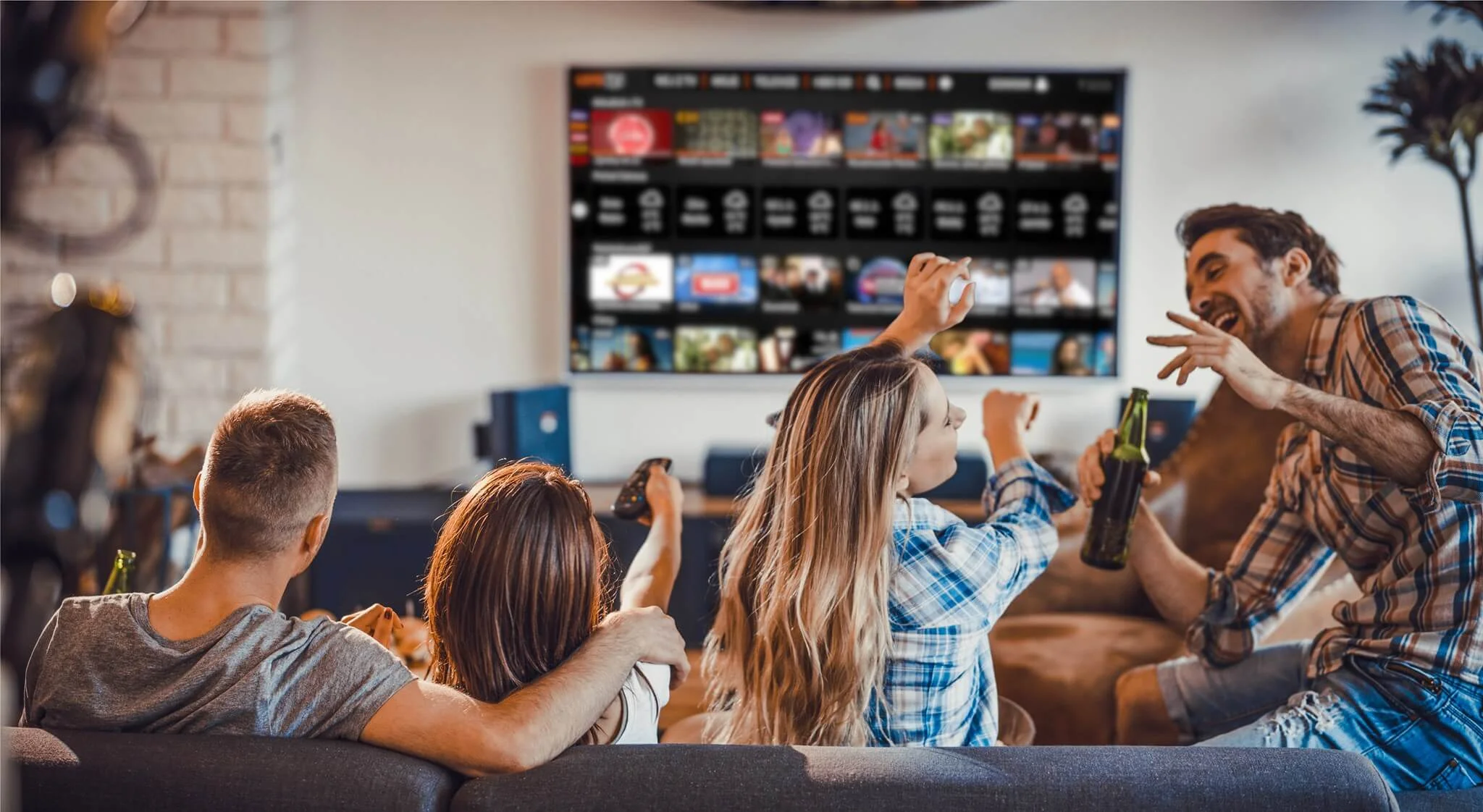
Power solutions are often an afterthought but can prevent frustrating issues. Many streaming sticks, like the Firestick, can technically be powered by the USB port on the TV itself. Is this a good idea? Usually not. TV USB ports often don’t provide consistent or sufficient power, which can lead to random reboots, instability, or poor performance. Always use the dedicated power adapter and cable that came with your streaming device, plugged directly into a wall outlet or a power strip. Speaking of power strips, investing in a good quality surge protector is highly recommended. It protects your expensive TV, streaming box, router, and other electronics from power surges caused by lightning strikes or fluctuations in the electrical grid. Some surge protectors also include USB ports for conveniently charging remotes or other small devices. For critical network components like your modem and router, consider an Uninterruptible Power Supply (UPS). A small UPS provides battery backup during brief power outages, keeping your internet connection (and thus your IPTV stream, assuming the provider is still up) running without interruption. These seemingly minor accessories – the right cables, useful adapters, and reliable power solutions – contribute significantly to a stable, organized, and protected IPTV setup, ensuring you get the most out of your chosen IPTV pricing plan.
Software Accessories: Exploring IPTV Smarters Pro and Other Player Apps
While hardware accessories like streaming devices and network gear are crucial, the software you use to actually watch your IPTV content is just as important. Think of the IPTV player app as the window through which you view your channels and VOD library. Which app should you use? There are many options, but some stand out for their features and usability.
One of the most popular and widely recommended IPTV player applications is IPTV Smarters Pro. Why is it so favored? It offers a clean, user-friendly interface that organizes live TV, VOD (Video on Demand), and series into separate sections. It supports multiple login methods, including M3U playlists/URLs and the Xtream Codes API, making it compatible with a vast range of IPTV providers. Key features often include EPG (Electronic Program Guide) support (including attractive grid layouts), parental controls, multi-screen capability (watching multiple channels at once), recording functionality (often requires external storage), and the ability to add multiple IPTV subscriptions or user profiles. The app is available on various platforms, including Android, iOS, Windows, macOS, and importantly for many users, it can be easily sideloaded onto Fire TV devices. You can find guides for the IPTV Smarters Pro APK download URL and installation processes, such as using the Downloader for IPTV Smarters Pro. While the base app is free, there’s often a premium version unlocking additional features. Its blend of features, compatibility, and ease of use makes it a top choice for both beginners and experienced IPTV users.
However, IPTV Smarters Pro isn’t the only player in town. TiviMate is another highly regarded premium IPTV player, particularly popular among Android TV and Firestick users. It’s known for its slick, modern interface that closely mimics the look and feel of traditional cable TV guides. TiviMate boasts excellent EPG handling, advanced customization options (like channel grouping and reordering), scheduled recording capabilities, support for multiple playlists, and a generally very smooth performance. Many users consider its interface and EPG implementation to be superior to IPTV Smarters. However, TiviMate is a premium app requiring a subscription (either yearly or lifetime) to unlock its full potential; the free version is quite limited. Is it worth the cost? For users who prioritize a polished interface, extensive customization, and top-tier EPG integration, many would say yes. You’ll need to source the Smarters IPTV APK or the TiviMate equivalent to install on some devices.
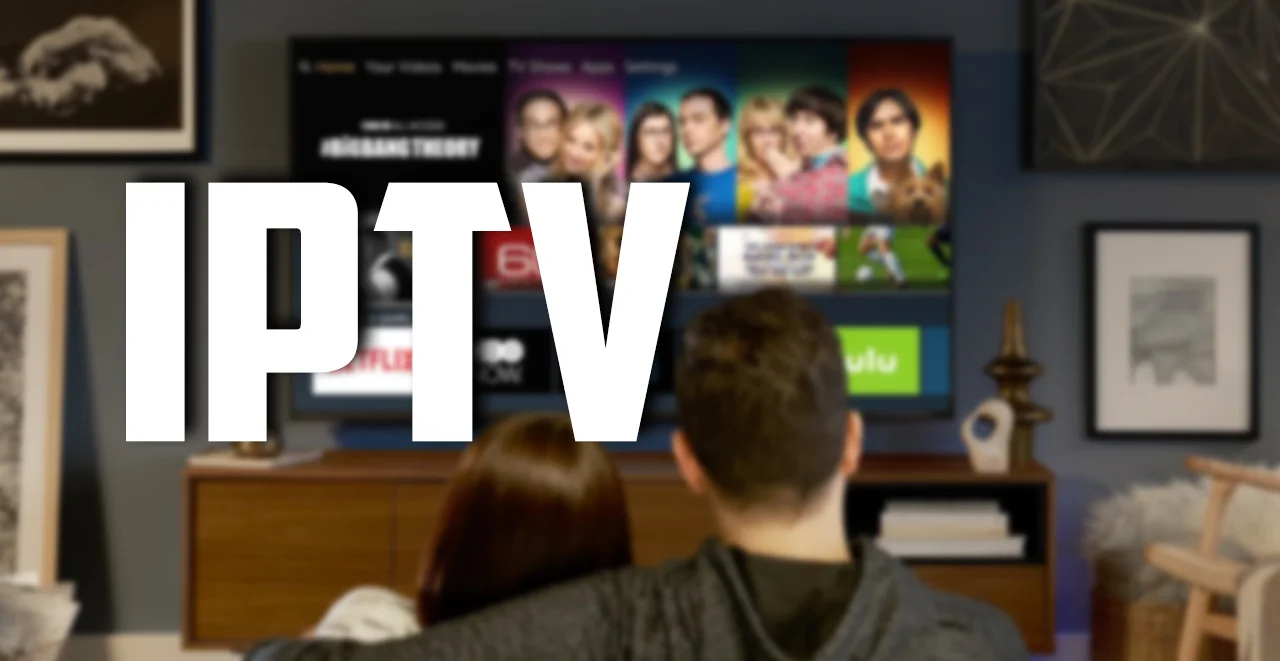
Beyond these two giants, other options exist. Perfect Player is a free, versatile player known for its customization options, though its interface might feel slightly less modern to some. GSE Smart IPTV is another cross-platform option supporting various playlist formats and EPG sources. Some providers might even offer their own branded app, often based on IPTV Smarters or a similar platform. For users primarily interested in VOD content, media center applications like Kodi, with the appropriate PVR IPTV Simple Client add-on configured, can also serve as an IPTV player, integrating streams alongside local media libraries. What’s the best choice? It often comes down to personal preference regarding interface design, required features (like recording or multi-screen), and budget (free vs. premium). Trying out a couple of different players, especially popular ones like IPTV Smarters or TiviMate (using its free trial), is the best way to find the software accessory that best complements your viewing habits and your chosen buy IPTV subscription service.
Beyond the Basics: Advanced Accessories for the IPTV Enthusiast
Once you’ve got your core setup dialed in – a solid streaming device, stable network, a good player app like IPTV Smarters Pro app, and maybe an upgraded remote – are there any other accessories that can further enhance the experience for the dedicated IPTV enthusiast? Absolutely. These might not be essential for everyone, but for those looking to push the boundaries of their setup, they offer intriguing possibilities.
One area is advanced audio. While most users are happy with the sound coming from their TV speakers or a basic soundbar, true audio enthusiasts might want more. Connecting your IPTV streaming device to an AV Receiver (AVR) allows you to decode and output high-fidelity surround sound formats (like Dolby Atmos or DTS:X, if supported by the source stream and your device). An AVR acts as the central hub for your home theater, managing audio and video switching between multiple sources (IPTV box, Blu-ray player, game console) and sending the audio to a dedicated surround speaker system. This creates a truly immersive audio experience, especially for movies and sports available through your VOD library or IPTV channel subscription. This requires a compatible streaming device with appropriate audio passthrough capabilities and, of course, the AVR and speaker setup itself – a significant investment, but transformative for audio quality.
What about controlling your entire entertainment system seamlessly? Universal remotes, particularly high-end programmable ones like those from Logitech Harmony (though increasingly harder to find new) or solutions based on platforms like Home Assistant or Hubitat, can consolidate control of your TV, streaming box, AVR, soundbar, and even smart home devices into a single controller or app. Imagine pressing one button labeled “Watch IPTV” that turns on the TV, switches the AVR to the correct input, powers on the IPTV box, and even dims the smart lights. Setting these up requires more technical effort than a simple air mouse, often involving learning IR codes, configuring activities, and potentially integrating with smart home hubs. However, the result is unparalleled convenience and a streamlined user experience, especially in complex home theater setups. It moves beyond just controlling the IPTV 4 cheap box to orchestrating the entire viewing environment.
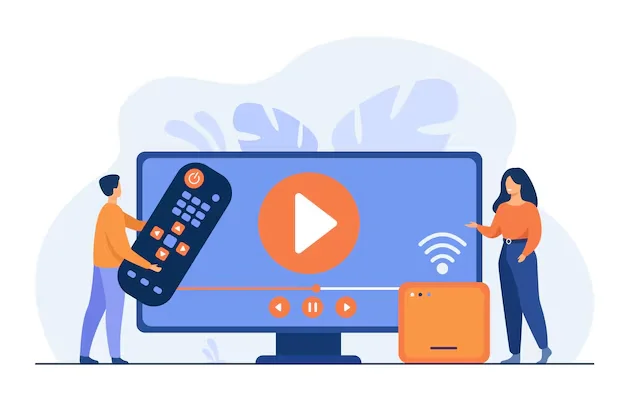
For users who utilize the recording features offered by apps like TiviMate or IPTV Smarters Pro, reliable external storage is key. While some Android boxes have internal storage, it’s often limited. Connecting a high-capacity USB flash drive or, even better, an external Solid State Drive (SSD) provides ample space for recording live TV. SSDs are generally preferred over traditional Hard Disk Drives (HDDs) for this purpose due to their faster speeds and lack of moving parts, making them more reliable for continuous read/write operations during recording and playback. Ensure your streaming device’s USB port provides enough power or use a powered USB hub if connecting multiple devices or power-hungry drives. Another advanced consideration is network optimization beyond basic gear. For users facing persistent interference or demanding multi-stream households (perhaps utilizing IPTV with multiple connections), analyzing Wi-Fi channels to find the least congested ones or even setting up VLANs (Virtual Local Area Networks) to isolate IPTV traffic can provide marginal gains, though this requires advanced networking knowledge. These advanced accessories and techniques cater to users seeking the absolute best audio-visual quality, maximum convenience, or robust recording capabilities, taking the standard IPTV setup to the next level.